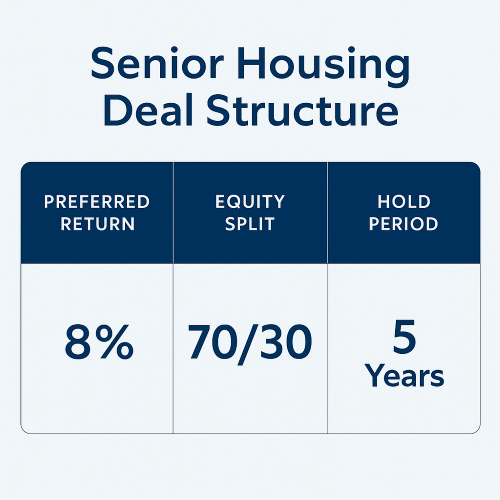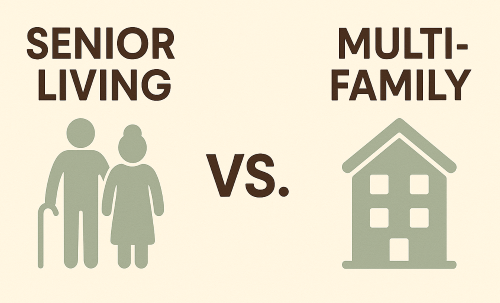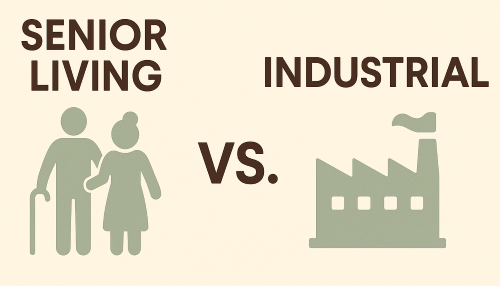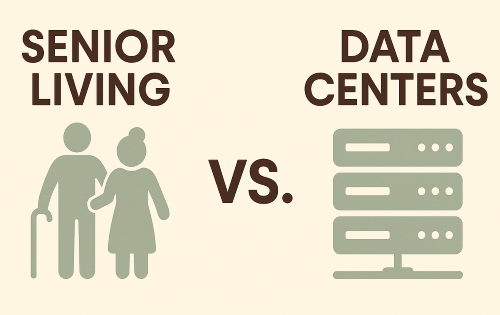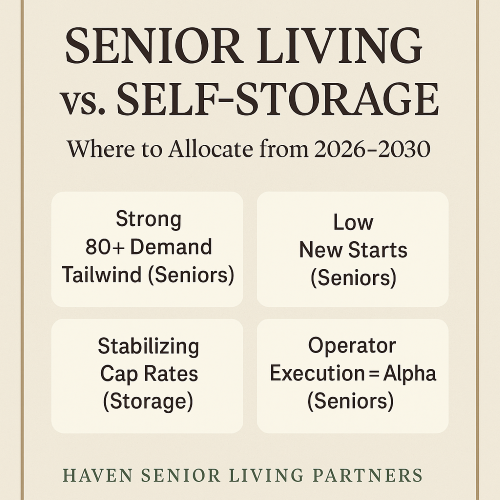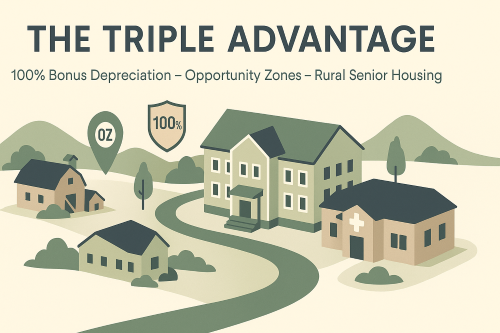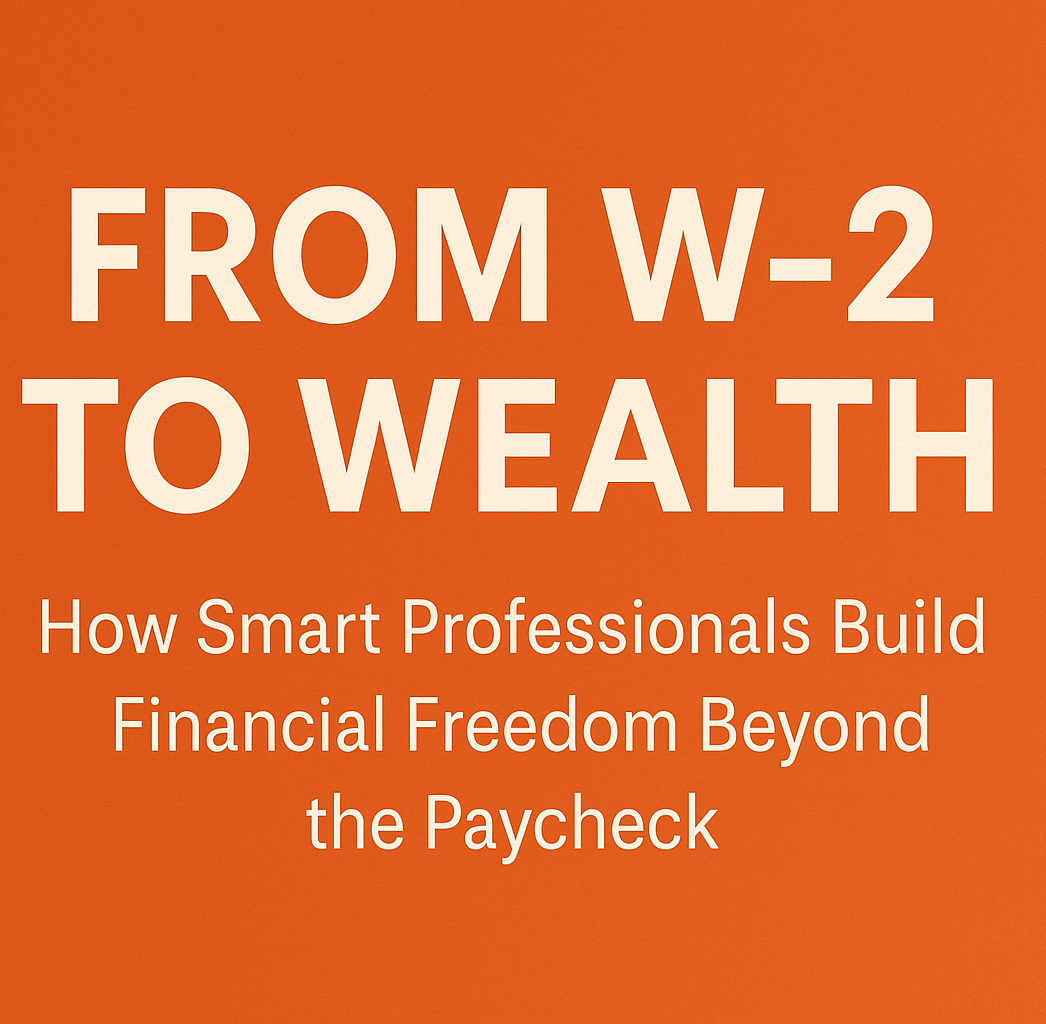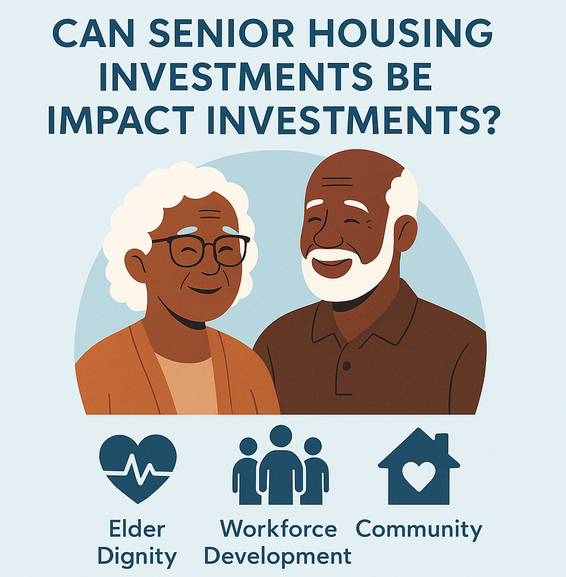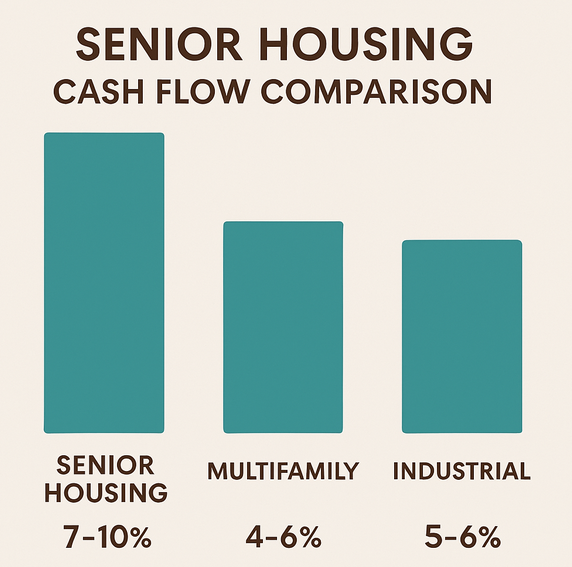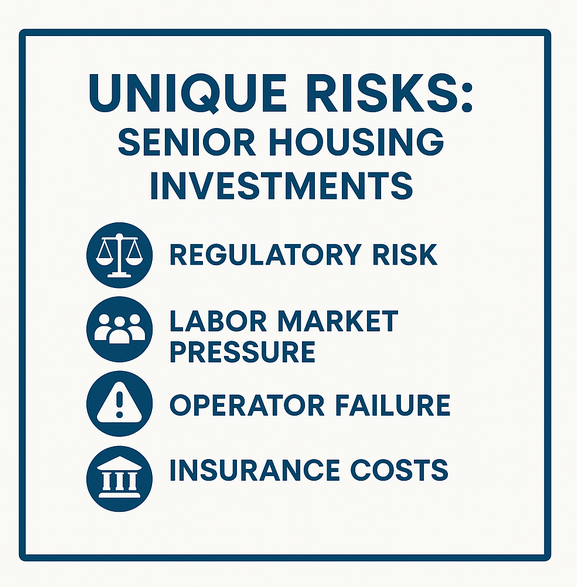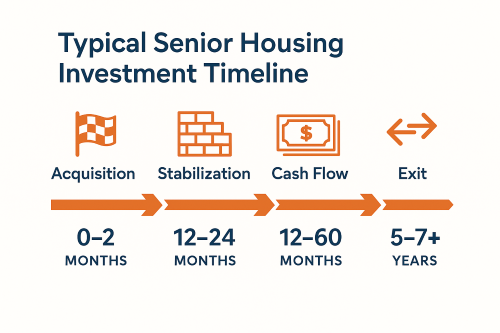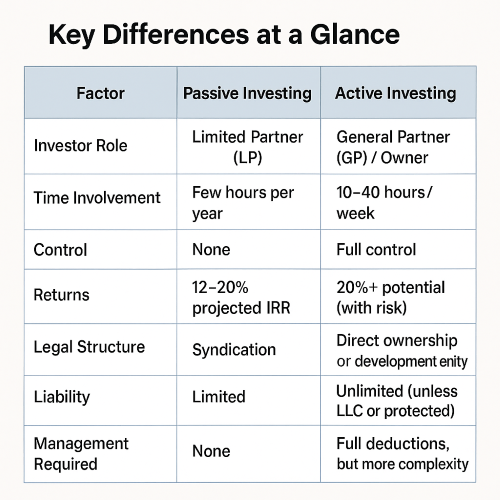Understanding the waterfall before you dive in.
Investing in senior housing can feel intimidating if you’re unfamiliar with how these deals are structured. But once you understand a few key terms—like equity splits, preferred returns, and promotes—it becomes much easier to evaluate opportunities with clarity and confidence.
Here’s a breakdown of how most senior housing syndications are structured and what it means for you as an investor.
The Players: LPs vs. GP
In nearly every private real estate investment, there are two main parties:
Limited Partners (LPs) – Investors who contribute capital and receive passive income.
General Partner (GP) – The sponsor/operator who finds the deal, raises capital, manages operations, and executes the business plan.
The LPs provide most of the money. The GP provides most of the effort.
Equity Split: Typically 70/30
After investors receive their preferred return (explained below), remaining profits are split between the LPs and the GP.
A common split is 70% to LPs / 30% to GP
Some deals may offer an 80/20 split if risk or complexity is lower
The GP’s portion is called the “promote”—it rewards strong performance
Preferred Return: 8% Is Common
Before any profits are split, LPs typically receive a preferred return, often in the range of 8% annually.
This is not guaranteed, but it is prioritized
If the deal doesn’t meet that hurdle, the GP doesn’t receive a promote
It aligns the GP’s incentive with investor success
Hurdle Rates and Waterfalls
Some deals use tiered waterfalls, where profit splits change as performance increases:
| Return Threshold | Distribution Example |
|---|---|
| 0–8% IRR | 100% to LPs until pref is met |
| 8–15% IRR | 70% LP / 30% GP |
| 15%+ IRR | 60% LP / 40% GP (performance promote) |
These tiers reward strong operators while protecting investors first.
Fees to Expect
GPs may charge fees for acquisition, asset management, and disposition. These can include:
Acquisition fee: 1–3% of purchase price
Asset management fee: ~1–2% of collected revenue
Refi/disposition fee: 1% upon exit
Tip: These should be reasonable and clearly disclosed in the PPM.
Example in Practice
Imagine you invest $100,000 into a senior housing deal with:
8% preferred return
70/30 split
5-year hold
Final IRR of 16%
You’d likely receive ~$8,000 per year in preferred returns, plus a lump sum from the promote and profit share at exit—often totaling a 1.8–2.0x equity multiple.
What to Look for as an Investor
Is the preferred return clearly defined?
Are fees reasonable and performance-aligned?
Does the GP have skin in the game (i.e., co-investment)?
Are there multiple paths to exit (sale, refinance, recap)?
Is there clear modeling of returns under different scenarios?
At Haven Senior Living Partners, we structure every deal with clarity, fairness, and investor alignment. Our LPs receive comprehensive reporting and upside opportunities alongside built-in downside protection.
Book a Call to walk through our structure step-by-step.

